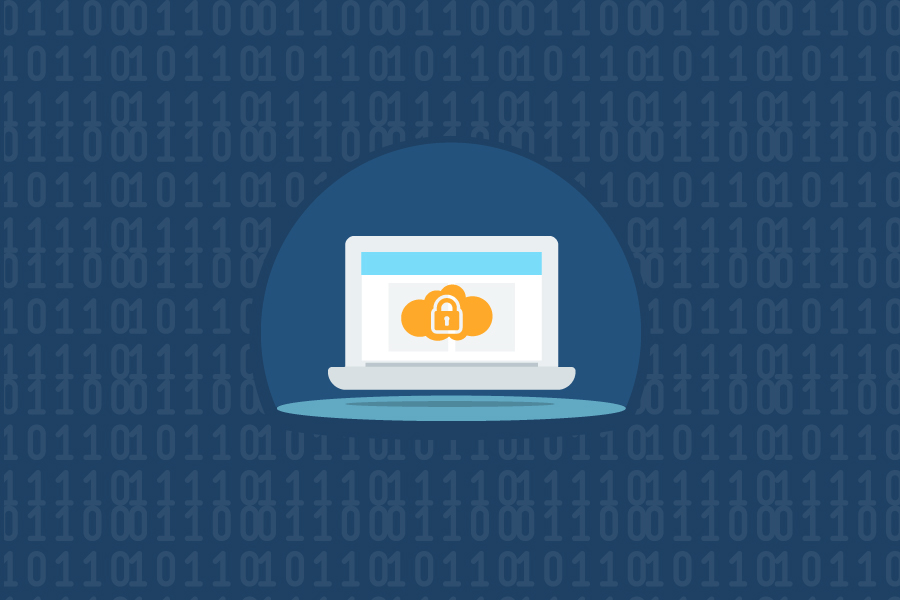Ever since the emergence of the cloud, managing its security has always been a challenge for IT management. Encrypting data at rest within the data center has been a go-to solution but both newly-formed and overused data has always presented itself as a wildcard when trying to keep it secure. When considering cloud security, it is good to take a page out of finance, more specifically the CASB or Cloud Access Security Broker. Designed to serve as a sort of gatekeeper nestled between on-site infrastructure and the cloud, this software effectively deals with many of the problems we still struggle with today.
It’s a hassle
Short and simple – it’s a handful. Protecting company data is difficult enough without it being readily available to anyone with a smart device. Using the cloud for important company data simply puts too many variables into the mix, making security a living nightmare. Previously, employees had to be on-site to actually access sensitive data and any breaches could be easily contained. Today’s flexibility makes every employee’s personal gadget a possible target – and with the majority of people using less than ideal protection, the problems just mount up.
It is possible to keep cloud data encrypted
As seen with CASB, encryption in a cloud environment is possible – it’s just a pain to set up. In everyday environments, cloud providers encrypt the data when it’s at rest on site, and actually retains control of its clientele’s encryption keys. This is a huge security risk and is something companies have actively been working to amend. With the aforementioned “gatekeeper” in action, companies are provided with an additional layer of security that keeps the encryption keys in their solitary control, making possible breaches much less likely to happen.
Controlled access is crucial
As everything is available at the touch of a fingertip, controlling remote access is absolutely crucial. With applications allowing people to access data from virtually any kind of device, IT departments struggle to find and maintain any semblance of control. Using a middleman like CASB, security officers can determine what data can be accessed from what device and to what end (viewing, editing, downloading). Apart from this, certain data can even be deliberately obscured when the cloud is accessed from an unregistered device. This subtle approach allows employees to work outside the office while still keeping the company’s “dirty laundry” where it belongs.
Identity management is a must
Another parameter that needs to be looked into is the flagging of suspicious behavior. Employee cloud activity requires being monitored and deemed safe by cloud security to avoid any unwanted incursions. Luckily, there are solutions present that provide multi-factor authentication without having to involve any third parties. If any inconsistencies occur, the active session would get terminated and would require further authentication to proceed. This helps prevent data leaks making any possible information that they could’ve gotten invalid, essentially shuffling them back to square one.
External sharing needs a controlled environment
There are solutions in place that can actually allow sharing within a company’s cloud without having to deal with the risk of leaking sensitive data. This is due to the ability to prohibit the sharing of certain files on a case-by-case basis, leaving employees free to share non-essential data among each other. With policies in place for actions such as data redaction and encryption, businesses are no longer required to utilize the “no sharing” blanket approach. Without these measures in place, data could be passed around freely until someone intentionally or accidentally shared important company files, possibly compromising anything from new business ventures to the company’s finances.
Everything needs to be kept track of
Despite all these measures, one thing is crucial to the safety of everything companies decide to put on the cloud. Cloud data audits used to be nothing more than wishful thinking, with visibility being one of the greatest problems of using the cloud in a business environment. As times changed, keeping track of cloud activity has become a piece of cake. Every IT services company finally has the ability to pump out reliable and comprehensive data about everything that happened in the cloud and what data went where.
Conclusion
Although the foundations were a bit dodgy when it started out, using the cloud in a business environment is finally showing levels of security acceptable for today’s times. Granted, it still has a long way to go to be considered foolproof, but that can be said for any security measure out there. With these major problems tackled one way or another, the benefits of cloud storage can finally be utilized to their full extent without worrying about company data getting into the wrong hands.














No Comments
Leave a comment Cancel